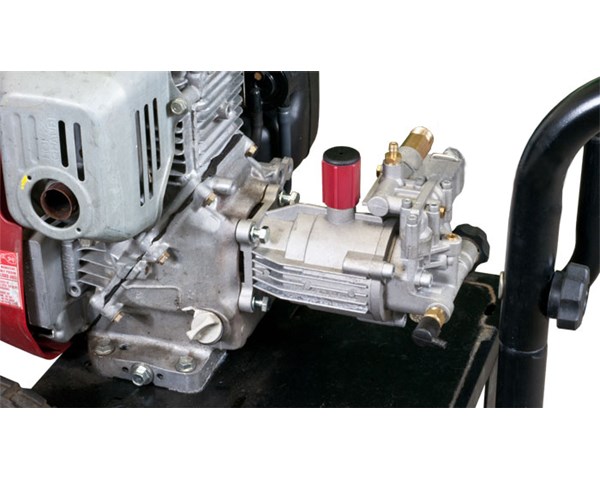
How to Choose The Correct Replacement Pump
If your pressure washer is running but fails to build up water pressure, don't lose hope just yet; it's possible that the pump is malfunctioning.

If your pressure washer is running but fails to build up water pressure, don't lose hope just yet; it's possible that the pump is malfunctioning.
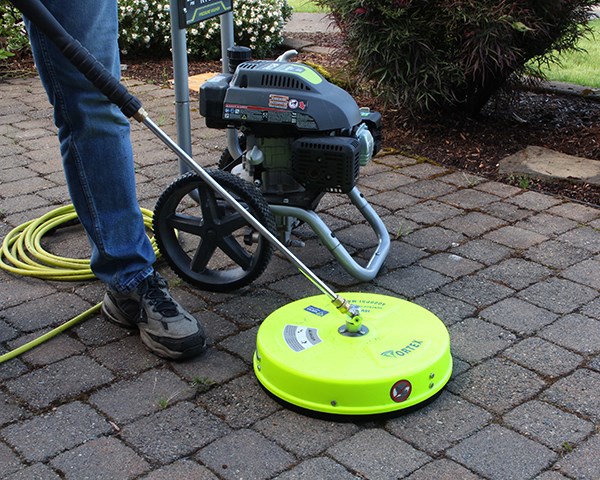
Whether your patio is an elegant space for lounging and entertaining or just a simple getaway for your morning coffee, patios need routine maintenance and care to keep them looking their best.
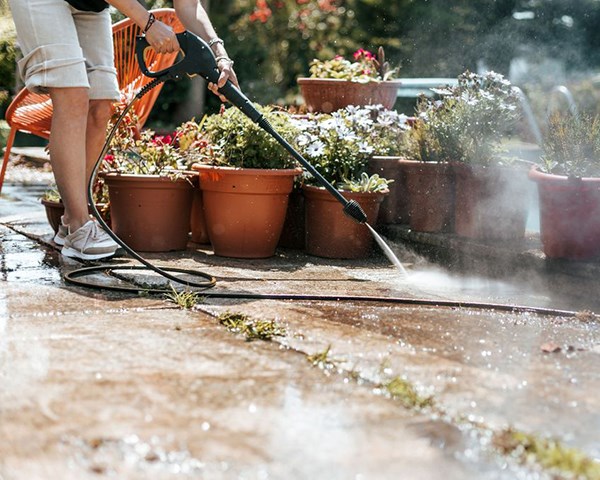
Whether you're a DIY'er cleaning up the exterior of your home, or a professional bringing the sparkle back to a client's property, we should all be mindful of what we're spraying. Just as important — is being aware of the things we aren't spraying.
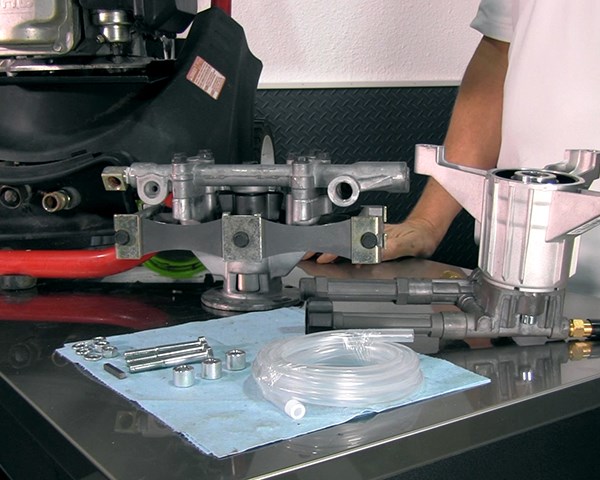
To avoid spending hundreds on replacement parts that don't fit, or dragging your pressure washer to a repair center for simple repairs, we will show you how simple it is to find parts fit for your pressure washer.
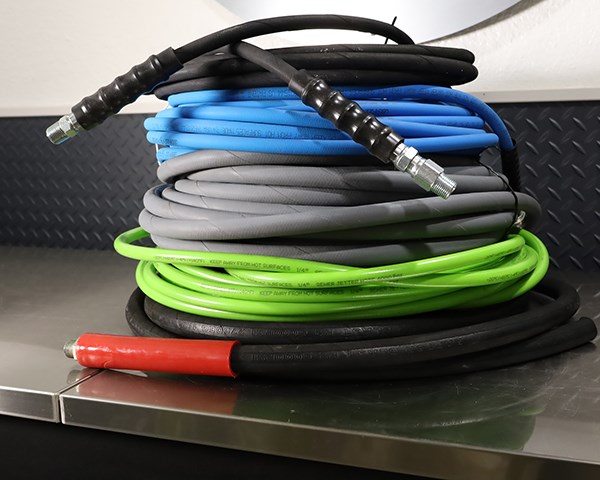
When it comes to using a pressure washer, one of the most important things to consider is the length of the hose you’re using. The right hose can make all the difference in the efficiency and effectiveness of your pressure washer, but how do you know how long of a hose you can use?
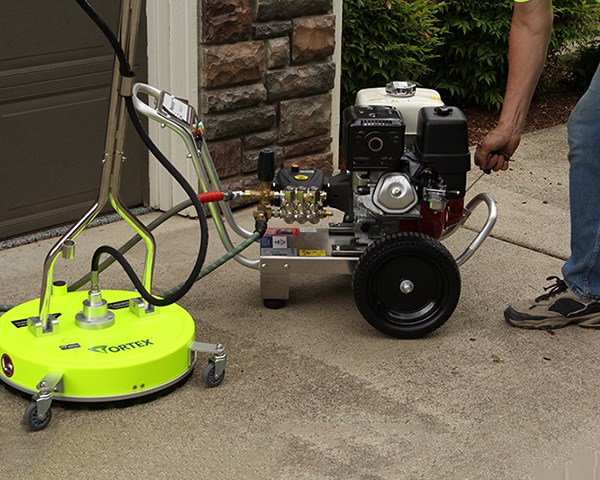
Are you looking to extend the life of your home's exterior or property? Or have you become frustrated with traditional cleaning methods that never seem to do the trick?
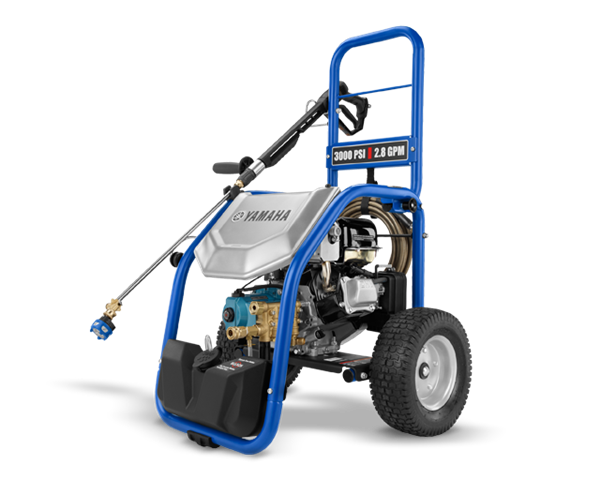
Your pressure washer model number is your key to finding the correct replacement parts and accessories. Learn how to locate yours here!
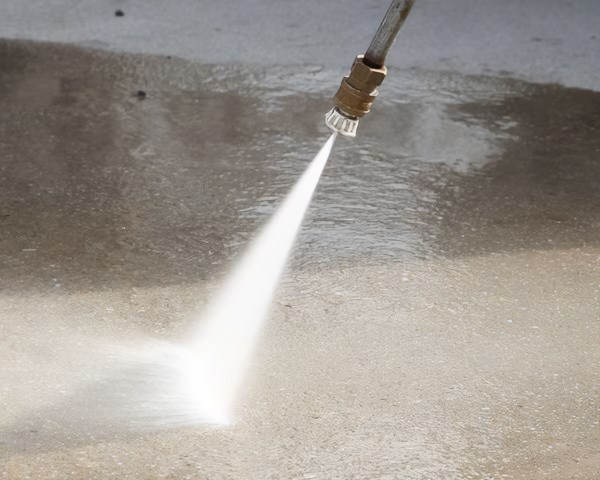
Even the best tools come with some precautions. Using a pressure washer responsibly and safely is essential to avoid accidents and damage.

Well, there are a few factors to consider, including the type of hose you’re using, the pressure rating of the hose, and the pressure falloff you can expect to see as you increase the length of the hose.
Before we get into the math, let’s take a look at the different types of hoses available for pressure washers. The most common types of hoses are R1 and R2, which are single and dual wire braided hoses, respectively. These hoses are generally considered the best quality hoses, and are used in professional settings where durability and performance are important.
There are also cheaper consumer options available, which may be suitable for lighter-duty tasks or infrequent use. These hoses tend to be made of lower quality materials and are not as durable as the R1 and R2 hoses.
R1 hoses, also known as single-wire braided hoses, are the most basic type of pressure washer hose available. These hoses are made from a single layer of wire-braided rubber, and are designed for use with low to medium pressure washers. R1 hoses are typically the mid-range option in terms of price, and are a popular choice for light-duty tasks such as washing cars or cleaning decks.
One of the main advantages of R1 hoses is their versatility. These hoses are typically rated for use with hot water, making them a more versatile option for some applications. They are also generally more flexible and easier to maneuver than other types of hoses, making them a good choice for tasks that require a lot of movement or maneuvering. R1 hoses are typically rated for pressures up to 4,500 PSI.
However, R1 hoses are not the most durable option on the market, and are generally not recommended for heavy-duty commercial use. They are prone to kinks and other damage, and may not hold up well under intense pressure or rough treatment. If you’re planning on using your pressure washer for heavy-duty tasks, you may want to consider a more durable option such as an R2 hose.
R2 hoses, also known as dual-wire braided hoses, are a step up from R1 hoses in terms of performance and durability. These hoses are made from two layers of wire-braided rubber, and are designed for use with medium to high pressure washers. R2 hoses are ideal for a wide variety of applications, including industrial cleaning and commercial pressure washing.
One of the main advantages of R2 hoses is their durability. These hoses are typically the most durable and reliable option on the market, and are often rated for use with hot water. They are less prone to kinks and other damage, and can hold up well under intense pressure or rough treatment. R2 hoses are typically rated for pressures up to 6,000 PSI. If you’re planning on using your pressure washer for heavy-duty tasks, an R2 hose is likely your best option.
However, R2 hoses are generally more expensive than R1 hoses, and may not be the best choice for light-duty tasks such as washing cars or cleaning decks. They are also typically less flexible and more difficult to maneuver than R1 hoses , making them a less ideal choice for tasks that require a lot of movement or maneuvering.
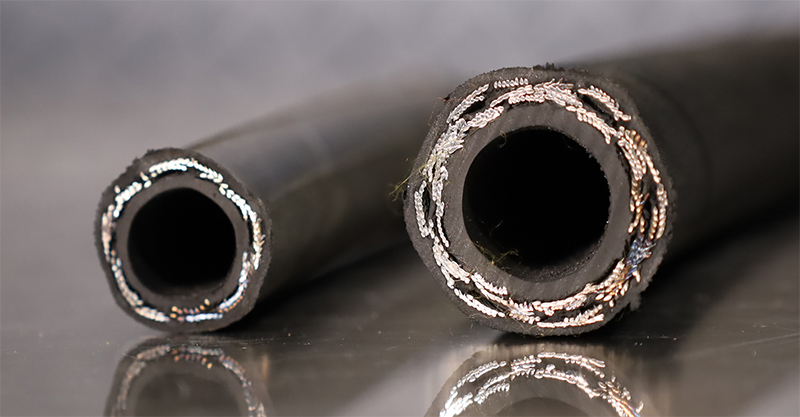
In addition to R1 and R2 hoses, there are also a number of cheaper consumer options available on the market. These hoses are typically made from lower-quality materials, and are not as durable or reliable as R1 or R2 hoses. These hoses are generally not recommended for heavy-duty use, and are best suited for light-duty tasks such as washing cars or cleaning decks.
One of the main advantages of cheaper consumer hoses is their price. These hoses are typically the most affordable option available, making them a good choice for those on a budget. However, the trade-off for the low price is reduced durability and performance. Cheaper consumer hoses are prone to kinks and other damage, and may not hold up well under intense pressure or rough treatment. They may also not be rated for use with hot water, so it’s important to check the specifications before use. Cheaper consumer hoses are typically rated for pressures up to 3,200 PSI.
When it comes to choosing the right pressure washer hose, it’s important to consider your needs and budget. R1 hoses are a good choice for light-duty tasks and are generally more flexible and easier to maneuver. R2 hoses are ideal for a wide variety of applications, including industrial cleaning and commercial pressure washing, and are the most durable and reliable option on the market. Cheaper consumer hoses are the most affordable option, but may not be as durable or reliable for heavy-duty use. Be sure to consider the pressure rating of your pressure washer and the specific tasks you’ll be using it for.
1/4” hoses are the smaller of the two common sizes, and are generally recommended for light-duty tasks or tasks that require a more precise spray pattern. These hoses have a lower pressure rating, typically around 3,000 to 4,000 PSI, and are not recommended for heavy-duty tasks or tasks that require a lot of water flow.
1/4” hoses are generally made of a single wire braided construction or none at all, and are suitable for use with most pressure washer models. They are available in both R1 and cheaper consumer options, and come in a variety of styles, including non-marking and kink-resistant.
3/8” hoses are the larger of the two common sizes, and are generally recommended for heavy-duty tasks or tasks that require a lot of water flow. These hoses have a higher pressure rating, typically around 5,000 to 6,000 PSI, and are more suitable for use with larger pressure washer models.
3/8” hoses are generally made of a dual wire braided construction, and are available in both R1 and R2 options. They are also available in a variety of styles, including non-marking and kink-resistant.
Now that we’ve covered the different types and sizes of hoses available, let’s talk about hose length. When it comes to pressure washer hoses, longer is not always better. In fact, using a hose that is too long can actually reduce the overall performance of your pressure washer.
To determine the maximum length of hose you can use with your pressure washer, you’ll need to consider two key factors:
Pressure Drop (PSI) = Hose Friction Loss Coefficient × Flow Rate (GPM) × Pressure (PSI)
So, for example, let’s say you have a pressure washer with a pressure rating of 2,000 PSI and a flow rate of 4 GPM. If you’re using a hose with a friction loss coefficient of 0.2, and you want to calculate the pressure drop for a 100-foot hose, the equation would look like this:
Pressure Drop (PSI) = 0.2 × 4 × 2,000
This means that for every 100 feet of hose, you will experience a pressure drop of 160 PSI. This is just a general guideline; actual pressure drop will depend on a variety of factors.
So, to determine the maximum length of hose you can use with your pressure washer, you’ll need to consider all of these factors, and choose a hose that provides the right balance of performance and durability.
In summary, choosing the right pressure washer hose is all about finding the right balance of performance and durability. R1 and R2 hoses are generally the best options for heavy-duty use, while cheaper consumer options are best suited for light-duty tasks. When it comes to size, 1/4” hoses are best for low pressure washers, while 3/8” hoses are ideal for medium to high pressure washers. And when it comes to length, be sure to consider the pressure drop and choose a hose that provides the right balance of performance and durability for your needs.